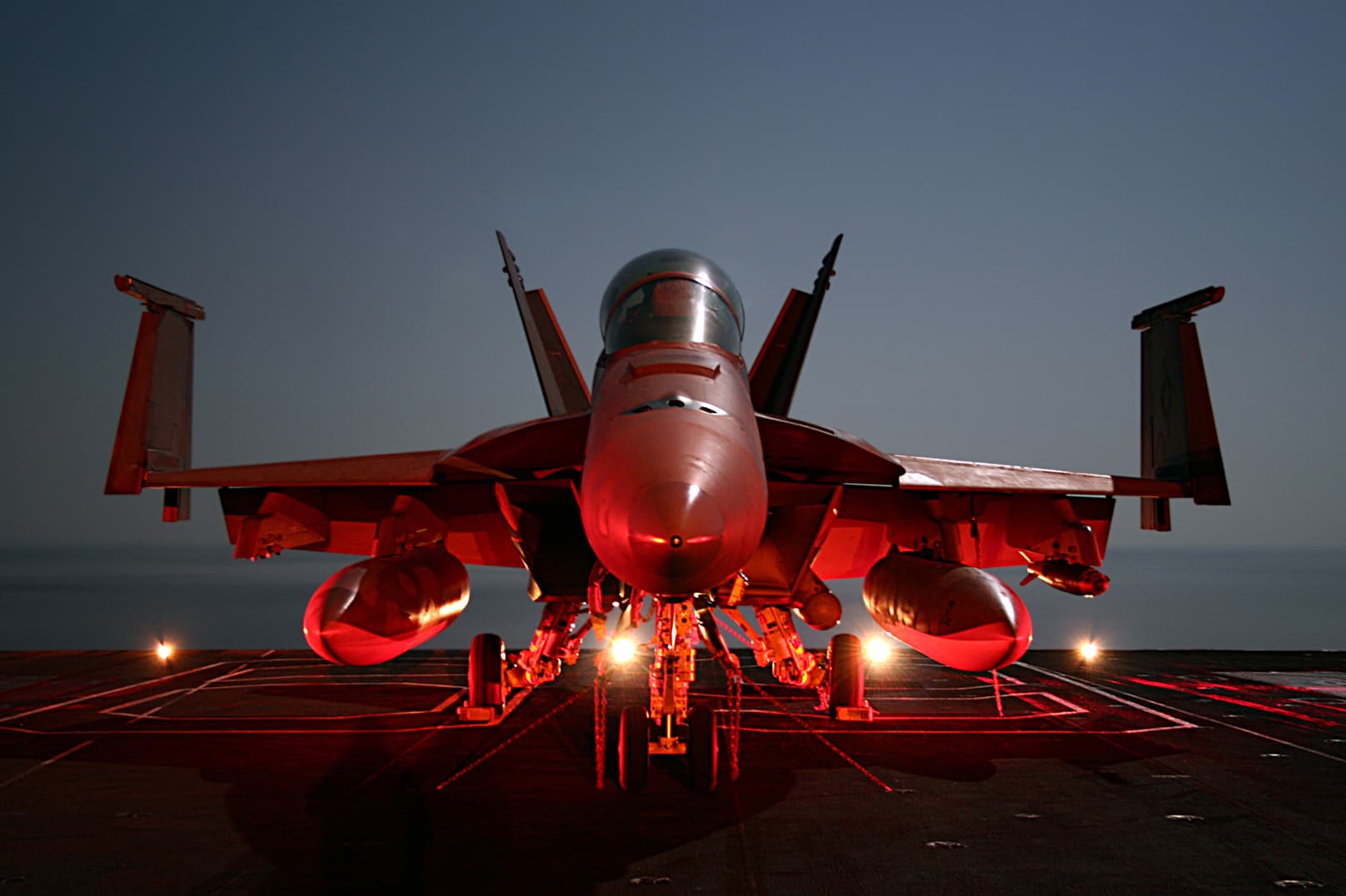A helicopter and a fighter jet from the United States Navy crashed into the South China Sea on 26 October 2025 while operating from the aircraft carrier USS Nimitz (CVN 68). Both incidents occurred within roughly thirty minutes of each other during what officials described as routine flight operations. Although the causes remain under investigation, all five crew members were rescued safely, underscoring both the risks and professionalism inherent in carrier-based aviation.
What Happened
According to the U.S. Pacific Fleet, an MH-60R Sea Hawk helicopter from Helicopter Maritime Strike Squadron 73 crashed into the sea around 2:45 p.m. local time during standard operations from the USS Nimitz. All three crew members were recovered by ships assigned to Carrier Strike Group 11. Roughly half an hour later, an F/A-18F Super Hornet from Strike Fighter Squadron 22 also went down in the same area. Both aviators ejected successfully and were retrieved by search and rescue teams. The Pacific Fleet confirmed that all personnel involved were in stable condition following the incidents.
The Navy stated that recovery operations were completed quickly and that the focus has now shifted to investigation and equipment assessment. No immediate signs of mechanical failure, weather complications, or hostile action have been confirmed. While official findings are pending, the Navy emphasized that safety reviews and procedural checks are underway across the carrier strike group.
Context and Strategic Significance
The twin crashes come at a time when the U.S. Navy has increased its operational presence in the South China Sea, a region that remains one of the most contested maritime zones in the world. The area serves as a vital artery for global trade and is central to the broader strategic competition between Washington and Beijing. U.S. carrier strike groups regularly conduct flight and navigation operations there to assert the principle of freedom of navigation and reassure regional allies of America’s commitment to security in the Indo-Pacific.
The USS Nimitz is on what officials have described as its final major deployment before decommissioning. The ship and its air wing have participated in multiple exercises and patrols over recent months. The loss of two aircraft within minutes of each other, though not unprecedented, is rare and highlights the demanding nature of naval aviation. Even under calm conditions, carrier flight operations involve complex coordination, limited reaction times, and constant environmental challenges.
Technical and Operational Factors
Experts note that carrier-based flight operations are among the most hazardous in the military due to their precision requirements and unpredictable maritime environments. Take-offs and landings on moving decks are affected by wind, sea conditions, and constant motion. A single procedural lapse or mechanical issue can lead to loss of an aircraft, especially during night or low-visibility operations.
The fact that both accidents occurred so close together raises questions about whether there was a shared contributing factor such as fuel contamination, maintenance issues, or weather conditions. However, Navy officials have not indicated any link so far. The investigation will include flight recorder data, deck logs, and interviews with the crews involved to identify root causes. Analysts also point out that increased operational tempo and aging aircraft fleets can amplify maintenance pressures and fatigue risks.
Broader Implications for U.S. Naval Operations
Beyond the immediate recovery and investigation, the crashes carry symbolic and operational weight. In a region watched closely by China and other regional powers, any U.S. military mishap is subject to intense scrutiny. Although these were non-combat incidents, they could still influence perceptions of readiness and reliability within the Indo-Pacific theatre. The fact that all five aircrew members were rescued demonstrates strong preparedness and the efficiency of the carrier group’s emergency response protocols.
The U.S. Navy continues to face challenges balancing its global commitments with maintenance and personnel needs. Recent years have seen several off-carrier mishaps that prompted reviews of training standards and maintenance cycles. If systemic issues emerge from this latest investigation, adjustments may be required in operational tempo or equipment modernization plans.
What Comes Next
The Navy has confirmed that an official investigation is underway and will release preliminary findings once the data analysis is complete. Observers will be watching closely for any operational changes or temporary flight suspensions that may follow. Analysts also note that China’s reaction will be worth monitoring, as the incident occurred in waters Beijing claims almost entirely as its own.
For now, the successful rescue of all five service members provides a rare note of relief in an otherwise serious situation. The outcome is a reminder of both the dangers and professionalism involved in naval aviation. As the USS Nimitz nears the end of its storied career, the events in the South China Sea underscore the ongoing tension between operational reach, safety, and strategic signaling in one of the world’s most closely watched maritime arenas.
Sources: Associated Press, Navy Times, Politico, Business Insider
Note: All information in this article is based on verified public data and credible sources available at the time of writing.
